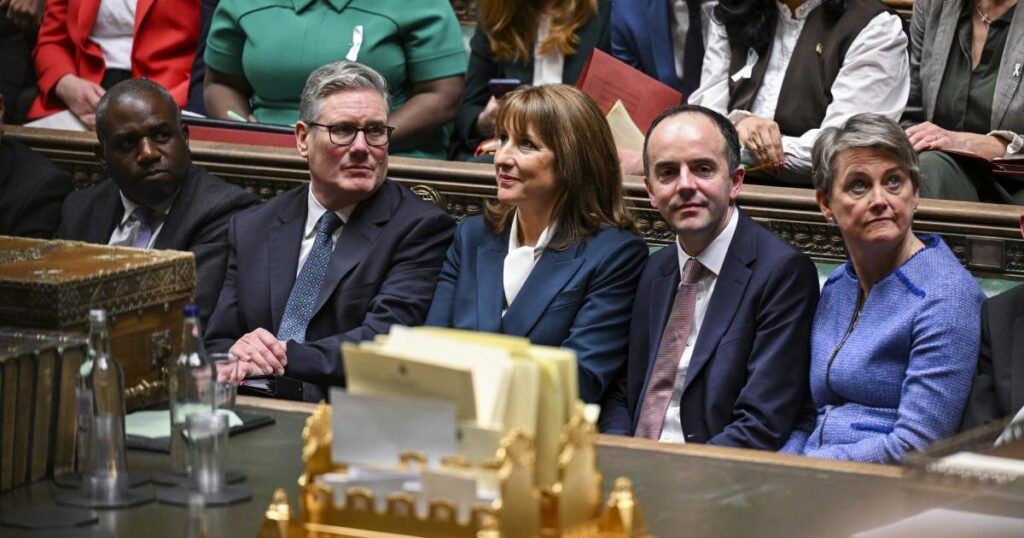The change is part of a national policy shift expected to lift 450,000 children out of poverty, with the total rising to over half a million when combined with other measures.
Hackney, which has some of the highest child poverty rates in the country once housing costs are factored in, is expected to see immediate financial relief for thousands of families.
Prime Minister Keir Starmer said: “This government is picking up the tab for a failed social experiment which has punished working families and directly pushed hundreds of thousands of children into poverty.
“We’re not going to stand by and let more children needlessly be dragged into hardship.”
Education Secretary Bridget Phillipson highlighted the impact of the limit on children’s life chances.
She said: “The evidence is clear – for too long, poverty has been an immovable barrier to opportunity for far too many children across this country.
“Now, we’re breaking it down.
“We’re removing the two-child limit and the cruel ‘rape clause’ policy to restore dignity to the lives of families across our country, which also means more teachers focused on teaching and more children focused on lessons.”
The two-child limit, introduced in 2017, has been described as one of the biggest drivers of child poverty.
Around 300,000 children are believed to be in poverty as a direct result of the policy.
Dan Paskins, executive director of UK Impact at Save the Children UK, welcomed the decision.
He said: “The Government is right to recognise that children have paid the price of a poorly thought-out policy for far too long.
“We warmly welcome this momentous change and the leadership that the Prime Minister and Chancellor are showing.”
Mark Russell, chief executive of The Children’s Society, called the decision “a game-changing moment for children.”
He said it would provide “immediate relief” to families who have been “stretched to breaking point.”
The government plans to publish a wider child poverty strategy in the coming weeks, outlining further action to support low-income families and reduce barriers to opportunity.




